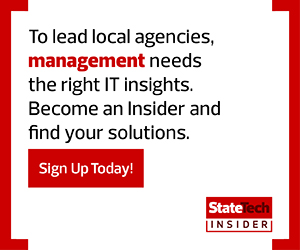The Road to Regaining Public Trust
The pandemic has fundamentally changed the way our communities engage with their governments. Many constituents have never been more aware of their local governments’ roles.
To maintain and improve this relationship in the months to come, it’s crucial that governments consider their public response and act on key learnings to ensure a brighter future. Focusing on three primary areas can help state governments nurture public confidence, endure the current crisis and better prepare for the next one.
-
Embrace and build upon existing capabilities. Nationwide lockdowns have pushed all institutions to improve both their digital strategies and technological infrastructure. All were forced to streamline and expand mission-critical services like providing unemployment benefits, and some state governments have adopted new capabilities like virtual court hearings. Government leaders should be asking questions: How can we expand on these new tools to drive productivity in other areas? What other smart tech investments can we make to drive long-term efficiencies and cost savings?
-
Iterate digital employee and citizen experiences. Prior to the pandemic, the public sector was beginning to modernize both its citizen and employee experiences, and that trend has only accelerated under stay-at-home orders. Internally, some state and local governments introduced or expanded telework capabilities for employees and digitized elements of their hiring and onboarding processes. Externally, they initiated more digital touchpoints for citizens in lieu of face-to-face interaction; for example, people haven’t been able to walk into an unemployment office to apply for benefits, leading states to streamline online applications. We’d be remiss to let these innovations die out. Governments must iterate their customer and employee experiences to compete with the private sector and ultimately fulfill their missions.
-
Turn your data into actionable insights. When a crisis strikes, public agencies that use accurate information to inform their actions are best positioned to weather emergencies. For example, when COVID-19 began to spread, certain hospital systems were prepared with predictive data that helped them manage the influx of patients without getting overrun. All levels of government can — and should — leverage data to monitor public health, simulate financial models and explore “what if” analysis for current and future crises. Resulting insights better inform policy, operational decisions and risk management capabilities. Crises often have a way of bringing out the best in people, organizations and governments. While it’s easy to be an armchair quarterback, there’s no doubt that our future successes hinge on our conscious decision to learn from our experience. My hope is that our best is yet to come.











